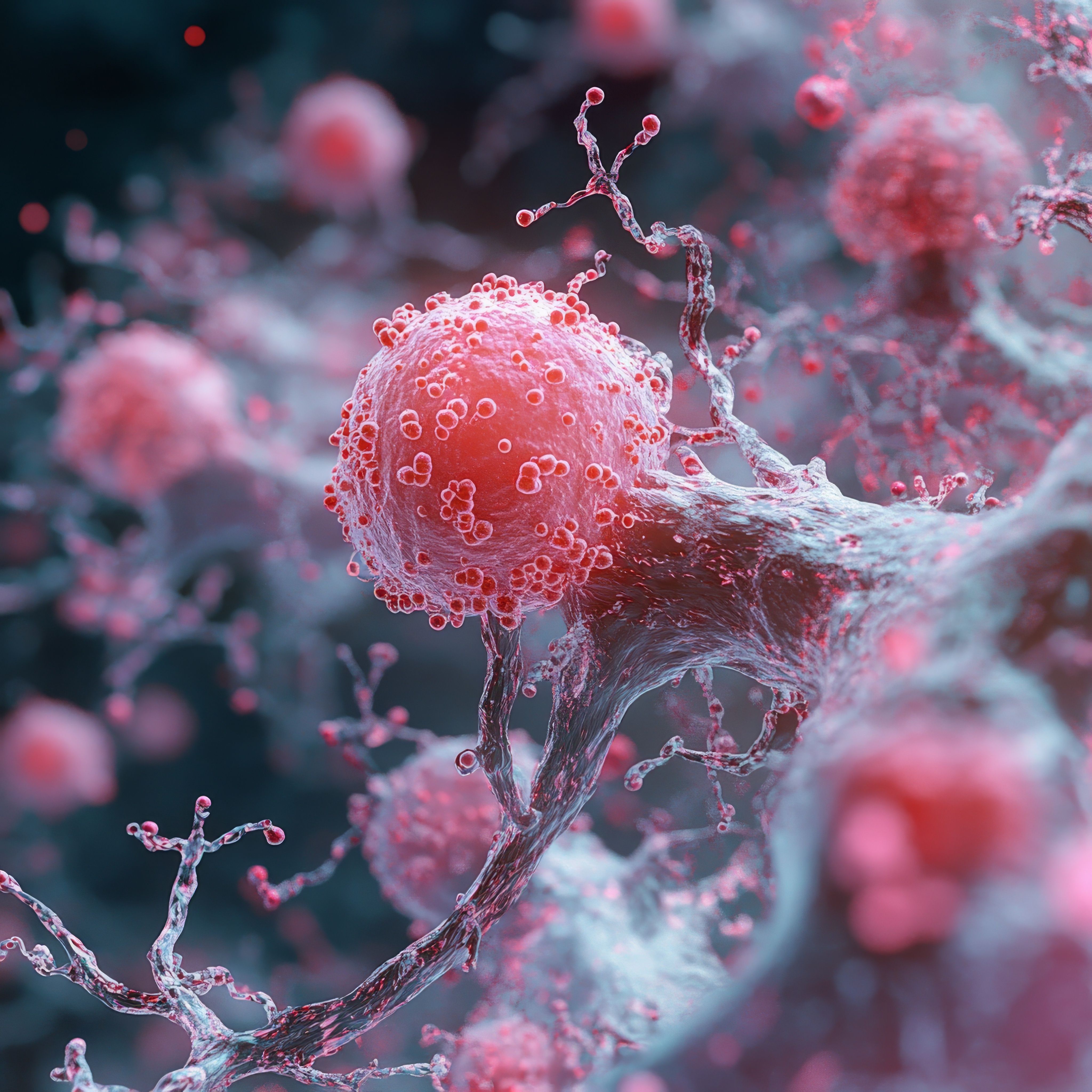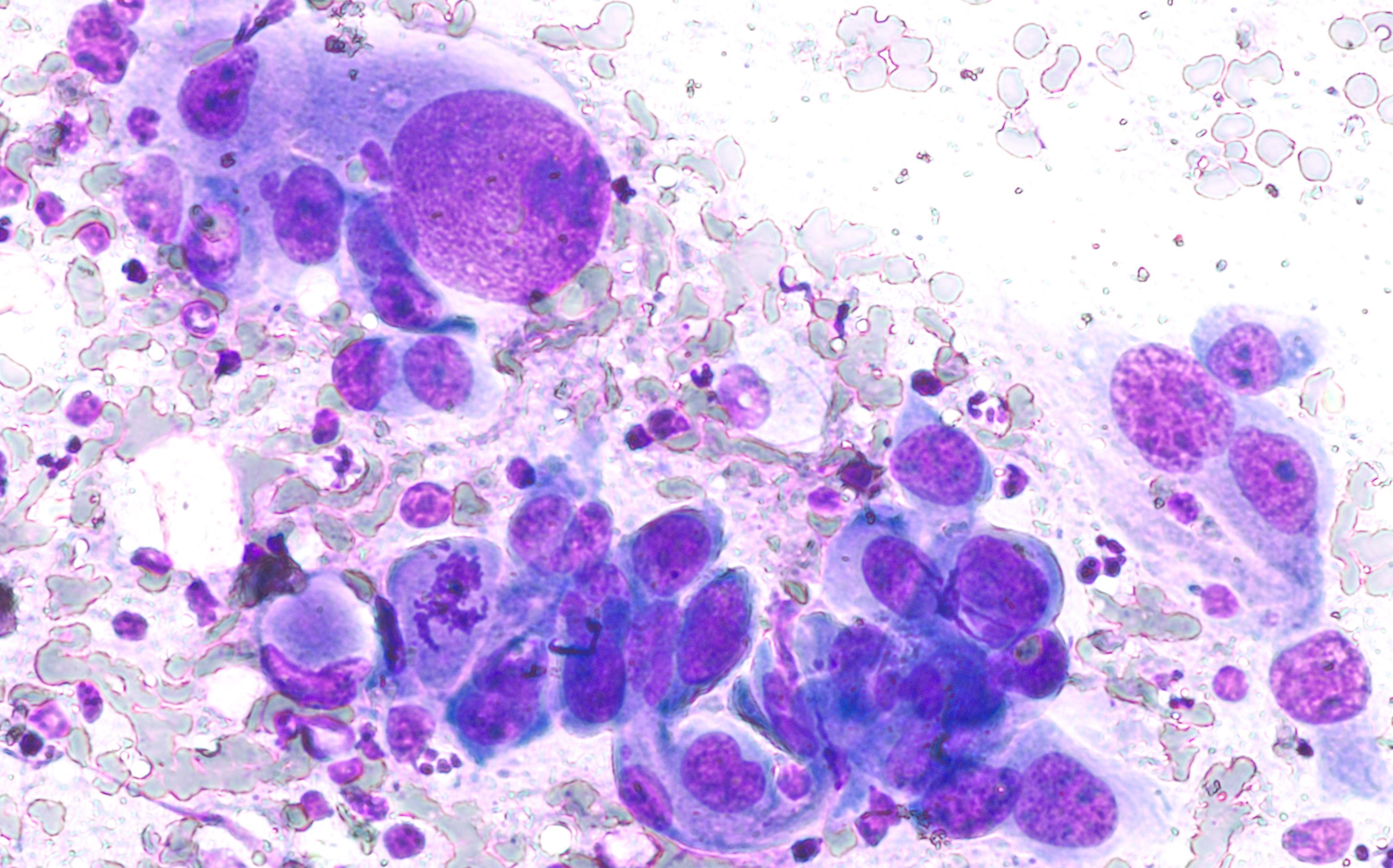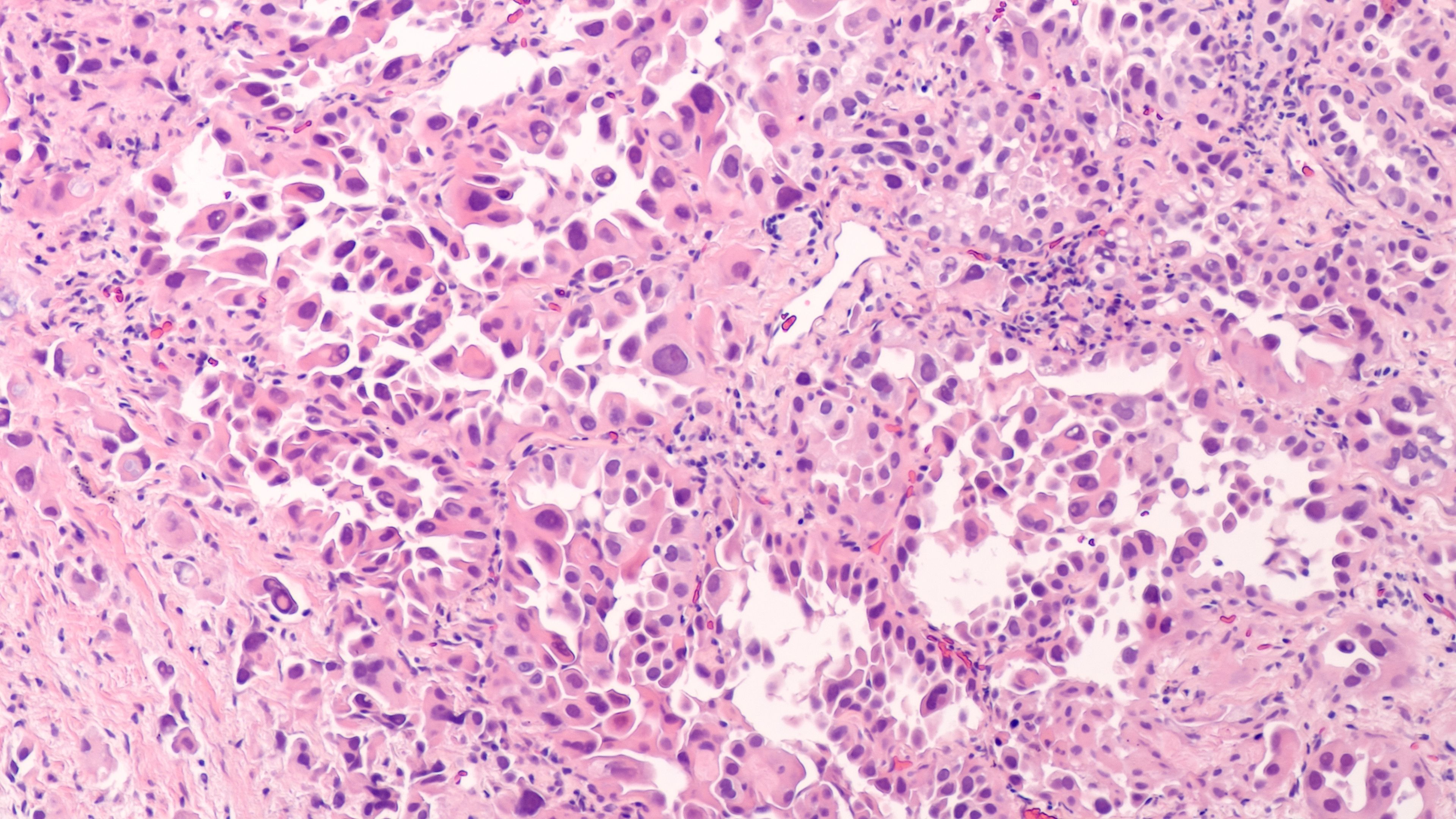Article
Epilepsy and Sleep: Defining the Relationship
Sleep disorders are common in patients with epilepsy; approximately 70% of patients with epilepsy experience problems with sleep. In his presentation, Dr Erik St. Louis discussed the impact of sleep on seizures, as well as the effects of comorbid sleep disorders on epilepsy.
Describing the interaction between sleep and epilepsy, Dr Erik St. Louis, an associate professor at the Mayo Clinic, noted that “Insomnia influences epilepsy, and epilepsy influences insomnia.” St. Louis also spoke about the influence of comorbid sleep disorders on seizure disorders. He emphasized the impact of sleep on seizures, as well as the effects of comorbid sleep disorders—especially sleep apnea—on epilepsy.
Approximately 3 million individuals in the United States have epilepsy, and 30 to 50 million cases of epilepsy exist worldwide. The condition may be partial or focal, and may also be generalized, involving both sides of the brain. Often, injury, sudden death, and significant stigma may be associated with epilepsy. Additionally, epilepsy may be associated with missed opportunities at school and at work.
The incidence of epilepsy has 2 peaks, with an increased incidence in the young and in those over the age of 60 years. However, it is possible to develop epilepsy at any time of life. Epilepsy is considered a disorder and not a disease because it may be due to different etiologies, including congenital brain malformations, genetic epilepsies, trauma, tumors, and cerebrovascular disease; the last 3 etiologies are more common causes of epilepsy among adults.
Approximately 66% of patients with epilepsy are well controlled by medication, and roughly 47% of patients have success with the first drug. An additional 13% of patients experience remission of seizures with the second drug tried. Another 4% of patients achieve remission with the third drug tried. An estimated 36% of patients are refractory to medication, and these patients experience the greatest sleep disturbance and overall difficulty with epilepsy.
Dr St. Louis described the case of a 7-year-old child with a family history of epilepsy. The child’s father had epilepsy during childhood; however, the seizure disorder did not persist beyond childhood. The child experienced hypersalivation and spasms while awakening from sleep. This case describes a Rolandic epileptic syndrome, which is also known as benign epilepsy of childhood (BECTS). BECTS usually begins within the first decade of life, may subside by mid-adolescence, and is slightly more common in males than females. Traditionally, carbamazepine was used for treatment; however, most patients use gabapentin or levetiracetam. According to St. Louis, while newer agents are associated with fewer side effects, some patients may experience fewer symptoms with more hours of nightly sleep, and may not require drug therapy.
Dr St. Louis described a second case, a 33-year-old man with childhood epilepsy. The patient began to experience nighttime spells of awakening with the sense of doom or the sense of a vivid dream, and experiencing a foul smell upon awakening. His seizures demonstrated a sudden awakening, a protrusion of the right arm, and convulsions that began as his body turned to the right. This patient was diagnosed with temporal lobe epilepsy, and in temporal lobe epilepsy, there is a 2-fold greater likelihood of a patient convulsing during sleep than during wakefulness. The left anterior or mid-temporal region of the brain usually has the greatest activity in these seizures on an electroencelphalogram (EEG). St. Louis surgically treated the patient, and the patient has not had a seizure episode since the surgery.
Describing the history of epilepsy treatment, St. Louis stated that “For the first three-quarters of the 20th century, we have had 4 drugs, and after the last 20 years we have many.” Drugs like pregabalin and gabapentin are effective for restless leg syndrome, and there is evidence that these agents may also help with insomnia.
St. Louis presented another patient case, a 22-year-old female who had experienced prior nocturnal events around the age of 8. She experienced very violent movements and vocalization during the night; however, these events occurred without EEG changes. Patents experiencing these frontal-lobe seizures can describe exactly what occurred, and many groups describe these episodes as hyperkinetic or hypomotor seizures. Scientists have found that a genetic nicotinic receptor mutation is associated with this condition, which is known as autosomal-dominant nocturnal frontal-lobe epilepsy.
Antiepileptic drugs (AEDs) may affect sleep architecture. Except for carbamazepine, older AEDs can decrease sleep efficiency. Benzodiazepines (BZDs) and barbiturates typically increase the length of stage 1 and stage 2 sleep, while decreasing the length of slow-wave sleep. Gabapentin may increase the length of time spent in slow-wave sleep. Vagus nerve stimulators, which may also be used for depression, have been used for reducing seizure tendency, and studies have shown that these implanted devices lead to increased alertness, improved cognition, and decreased daytime sleepiness among patients with epilepsy.
Relating sleep disorders to epilepsy, St. Louis noted that sleep disturbances may cause insomnia in patients with epilepsy. Approximately 55% of patients experience problems with memory and 70% experience problems with sleep. Hypersomnia is also a pervasive problem. There may be several causes, including nocturnal seizures, drug toxicity, poor sleep hygiene, and comorbid sleep disorders like sleep apnea.
Over the last 15 to 20 years, the North American population has become more obese. AEDs such as valproic acid, gabapentin, and pregabalin may cause weight gain, whereas zonisamide and topiramate, by contrast, may lead to weight loss. Thickened neck circumference, high body mass index, and increased age are also associated with obstructive sleep apnea (OSA) in epilepsy. Studies show that 10% to 35% of patients with epilepsy have OSA, with one study estimating that up to 55% of patients with epilepsy had OSA. AED polytherapy and nocturnal seizures may also be predictors of OSA development.
Sleep and epilepsy have a reciprocal relationship, and St. Louis described the burden of epilepsy, noting the high percentage of patients who were unresponsive to medications. Considering that almost 40% of patients do not experience success with AED therapy, they may benefit from treatment of OSA. Among children with epilepsy and OSA who had tonsil surgery to correct OSA, 28% became seizure-free following treatment. The treatment of OSA may lead to improved seizure control, and by communicating this critical information, St. Louis may be able to provide physicians with a novel nonpharmacologic approach to treating patients with refractory epilepsy.
Newsletter
Stay ahead of policy, cost, and value—subscribe to AJMC for expert insights at the intersection of clinical care and health economics.





